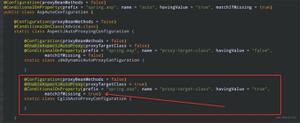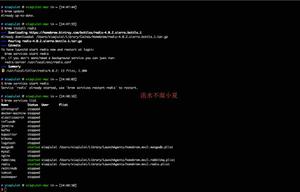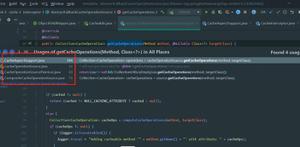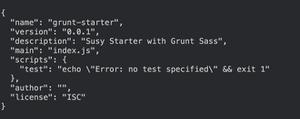详解Spring加载Properties配置文件的四种方式
一、通过 context:property-placeholder 标签实现配置文件加载
1、用法示例: 在spring.xml配置文件中添加标签
<context:property-placeholder ignore-unresolvable="true" location="classpath:redis-key.properties"/>
2、在 spring.xml 中使用配置文件属性:
<!-- 基本属性 url、user、password -->
<property name="url" value="${jdbc.url}" />
<property name="username" value="${jdbc.username}" />
<property name="password" value="${jdbc.password}" />
3、在java文件中使用:
@Value("${jdbc_url}")
ivate String jdbcUrl; // 注意:这里变量不能定义成static
二、通过 util:properties 标签实现配置文件加载
1、用法示例: 在spring.xml配置文件中添加标签
<util:properties id="util_Spring" local-override="true" location="classpath:jeesite.properties"/>
2、在spring.xml 中使用配置文件属性:
<property name="username" value="#{util_Spring['jdbc.username']}" />
<property name="password" value="#{util_Spring['jdbc.password']}" />
3、在java文件中使用:
@Value(value="#{util_Spring['UTIL_SERVICE_ONE']}")
private String UTIL_SERVICE_ONE;
三、通过 @PropertySource 注解实现配置文件加载
1、用法示例:在java类文件中使用 PropertySource 注解:
@PropertySource(value={"classpath:redis-key.properties"})
public class ReadProperties {
@Value(value="${jdbc.username}")
private String USER_NAME;
}
2、在java文件中使用:
@Value(value="${jdbc.username}")
private String USER_NAME;
四、通过 PropertyPlaceholderConfigurer 类读取配置文件
1、用法示例:在 spring.xml 中使用 <bean>标签进行配置
<bean class="org.springframework.beans.factory.config.PropertyPlaceholderConfigurer">
<property name="locations">
<list>
<value>classpath:redis-key.properties</value>
</list>
</property>
</bean>
2、 PropertyPlaceholderConfigurer 配置方法,等价于 方式一,用法参考方法一。
五、 还可以使用 org.springframework.beans.factory.config.PropertiesFactoryBean 加载,这里不再逐一列举了。
以上是 详解Spring加载Properties配置文件的四种方式 的全部内容, 来源链接: utcz.com/z/313236.html









